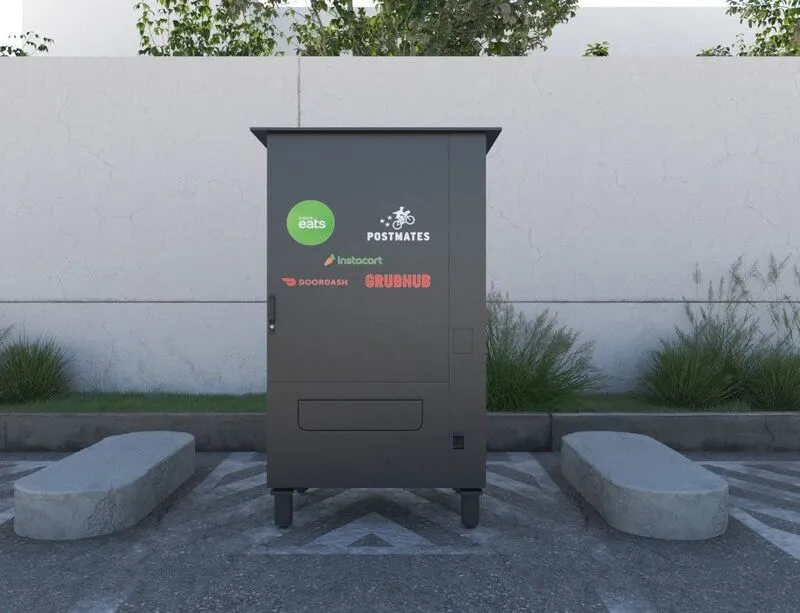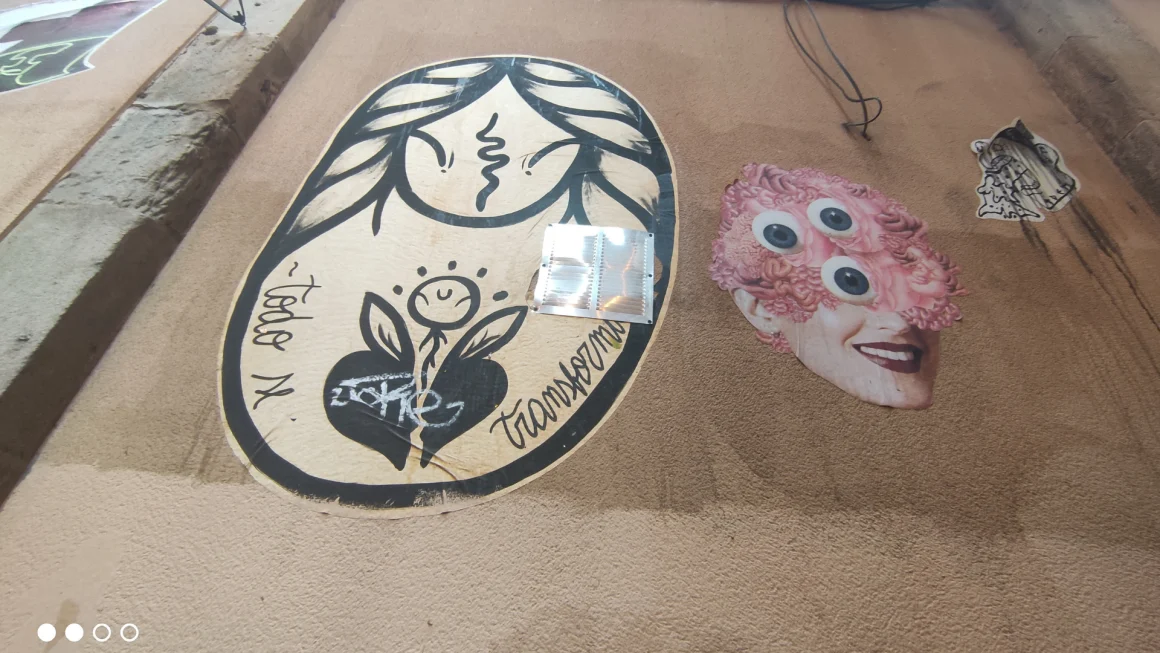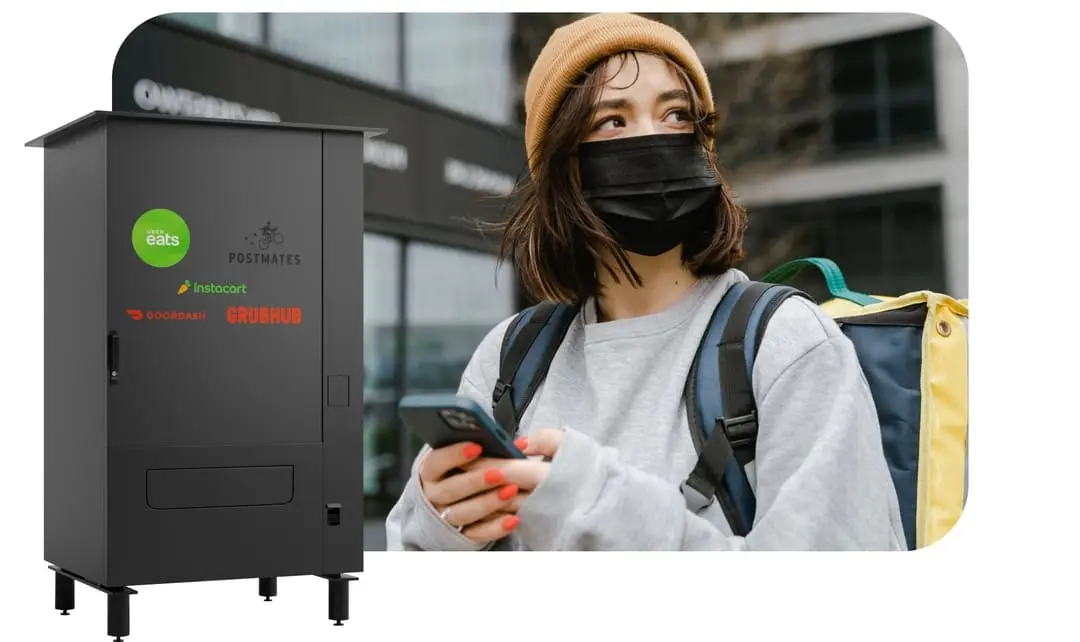What is it?
Nowadays, technology has taken over our daily routines. Smartphones, tablets, smartwatches, among other devices, are the basic tools for achieving everyday tasks. Calls have been replaced by texts, get-togethers swapped by group video calls, and dining out substituted by food delivery apps.
The restaurant/food industry has witnessed this evolution firsthand. Delivery apps such as UberEATS, Glovo, Doordash, Rappi, among others, have reshaped the way they operate. Moreover, dark kitchens have been paving a solid structure for the last couple of years. Dark (also referred as cloud or ghost) kitchens are essentially digital-only restaurants, where there is a physical space for food preparation based on online orders but no place to consume it. Food is only prepared for delivery. These restaurants are characterized by much lower employee and overhead costs.
Within this digital commerce trend, two former Doordash employees -Jimmy Young and Christopher Wu- came up with a new idea: Cache, Automated Dark Stores. Caches are tiny dark convenience stores designed to fulfill online orders and connect to delivery platforms. These small-scale stores, that look like a glassless vending machine, can be located in designated strategic areas, and will only be accessed by delivery platforms’ partners.
Caches are quite simple to use. You get into company’s website/app or a delivery platform and place the order for the desired product. The order is processed and assigned to a delivery driver. This individual will pick-up the order from the Cache unit machine and bring to your doorstep or chosen location. No major physical infrastructure, limited personnel, and unlimited hours of operation, Cache provides it all.

Why it’s cool?
Although Cache is at its earliest stages, several current features make it outstanding:
- Sell products anytime, anywhere without a manned store (minimal sales labor and “rent” cost)
- Millennials oriented — all digital, no contact
- Deliver on demand — faster service at lower costs
- Allows to inexpensively test markets
- Its platform can handle restocking, inventory, logistics in general
- Lower operational and capital expense
Why it has future growth potential?
Cache, as an out-of-the-box idea, has been carefully moving forward to partner with different industries or products that could best utilize its unit. Currently, Cache is operating two first-party stores live: one with OTC (over the counter) medicine and snacks in Sausalito, CA, and the other is an ice-cream unit in San Francisco, CA.
In addition to convenience stores, the cache establishments could definitely be used to store and sell prepackaged food like sandwiches, pastries or sushi, and also frozen goods such as burritos, pizzas, among others. Another idea would be to use them to sell alcoholic beverages, for last minute invites or hosting unexpected guests, given they are able to comply with age restrictions. Caches can also be utilized for toys or games that are needed when getting to the store is just not possible due to traffic or schedules.
Above all potential uses mentioned above, Caches can be an innovative tool for companies that want to introduce their products in new areas. At a much lower cost these businesses can make a decision to expand and decide when the time is right. For more information, visit www.grabcache.com.







Elie Daccache
Rahim Ennassiri
Carl Rohde
Carl Rohde
Sexy, catchy, sticky title as well.